What is a herniated disc?
Before you start, you should know that herniation mainly concerns the intervertebral discs of the spine. Located between the vertebrae, these elastic cushions help to absorb the shocks, pressures and stresses of everyday life. In addition, they also serve as joints, allowing the vertebrae to move relative to each other. They regenerate and rehydrate at night, while the body is at rest and in a lying position. In fact, in this position, they are not under any pressure.
Risk factors: the different causes of a herniated disc
There are several causes and I will mention the most famous ones:
- A bad and violent fall: When, for example, you practice an extreme sport such as skateboarding, skiing or other.
- Poor posture when carrying heavy loads.
- Pregnancy can lead to a herniated disc due to the weight of the baby as can a person who is overweight.
- Aging of the discs due to the age of the person.
- Tobacco, which slows down the supply of oxygen in the blood, accelerates the wear of these discs
- A genetic anomaly that is actually hereditary. This heredity leads to a weakness in the vertebral structure that is conducive to hernia.
- A shift in the pelvis that is not realigned is a breeding ground for hernia as well.
95 % of herniated discs are located in the lumbar vertebrae
Since these are the ones that are under the most stress. In general, hernias are located between the L4 and L5 vertebrae, and the L5 and S1 vertebrae, with compression of the sciatic nerve.
Normally, the intervertebral discs are made to be very strong and can withstand a lot of pressure during heavy impact or exercise. However, if they are crushed due to too much pressure or a bad movement, or even a repeated heavy movement that is not well executed, they move out of position, which presents a risk that they will crack, letting some of their tissue through.
Micro blood vessels prevent dehydration of the discs. If a person has less than normal, the nucleus, composed of 80 % of water, will dehydrate. Thus, the intervertebral disc loses height and crushes before slipping, hence the phenomenon of disc protrusion.
When this shock absorber (disc) comes out, it comes into contact with the nerve fibres, which causes the first pains to appear. If this contact is prolonged, an oedema will appear. As time goes by, this oedema disintegrates the disc and it eventually ruptures and causes a herniated disc.
The appearance of pain
We have many kinds of pain.
The pain usually starts in the lower back. It can slowly creep up into the gluteus maximus and continue through the hamstring, behind the knees and calf, and even down to the foot. It is only felt on one side. This is called sciatica. Basically, the sciatic nerve is compressed by the hernia.
If the pain is violent, you may feel painful electric shocks that will irradiate you with each inappropriate movement. Some daily gestures become very complicated, and even impossible for the most serious cases.
Be aware that hernias do not cause back problems, which can be misleading. Some people simply think they have tendonitis without realizing that the pain they are experiencing is from a hernia.
Sensitivity can then be altered: For example, areas that are more sensitive than others, tingling, burning...
Strength training and herniated discs: how to go about it?
During the training sessions, everything is fine, and then one day boom! Nothing is as it used to be because of the herniated disc. Many bodybuilders are confronted with this type of pathology that can put an end to their passion. That is why it is necessary to insist on the good execution of the exercises and the various safety instructions. If in rare cases, it is necessary to stop weight training, in the majority of cases, it will be necessary simply to adapt the training. Sport allows the spine to be supported by deep muscles, which relieves the pain of the hernia pinch.
How to detect a hernia?
When you experience lower back pain when you are working out, then you may wonder where it could be coming from.
The first thing to do when you experience the above-mentioned lower back pain is to stop all sports activities and consult a spine specialist. You should not make the situation worse without knowing what it is. To find out if it is a hernia or not, an auscultation confirmed by a CT scan or MRI may be sufficient. Your doctor and you will then measure the severity of the hernia if there is one.
Once you know that you have a herniated disc, if you wish to continue training, you will need to have your doctor's approval and adapt all your strength training.
By training, the pain associated with l5 s1 pinch can be reduced by moderate muscle strengthening.
Be careful, some exercises should be avoided because they can add more pressure on the spine. It is therefore necessary to execute the movements of the bodybuilding exercises correctly in order to have pain-free sessions.
Exercises to be banned: squats, deadlift, rowing...
Do you want a complete bodybuilding program to follow?
So, how do we build up our muscles when we have a herniated disc? How do we build up our back?
You can continue to train with the agreement of your doctor or specialist. Nevertheless, here are some very important tips to follow.
Frontal cladding
Very beneficial, this exercise also called the abdominal plank allows you to protect your back to the maximum. It activates the deep muscles of the spine that allow you to have a good sheathing on most of the basic exercises in bodybuilding. The stronger your abs are, the less pain you will feel.
Some exercises to replace
If you have already prepared a training program adapted to your level and that you have a hernia, you can replace certain exercises:
The squat by doing pistol squats (or single leg squats at body weight) or lungeing exercises (lunge on the spot, one legged or walking).
If you use the inclined pressYou will have to have the back quite right and slightly arched, especially not to round the bottom of the back and not to take off the buttocks when you go down again. Prefer the press with 1 leg.
The deadlift will have to be avoided at all costs as well as the rowing bar, it will be necessary to replace them by rowing T-Bar in support or rowing with the dumbbells the bust supported on a bench. Use as much as possible the guided vertical and horizontal rowing machines that can be found in most weight rooms.
As a general rule, try to avoid carrying loads on your back that could compress your spine.
The hardest part about having a hernia is adapting your lower body training as well as your back training.
If you feel a sharp pain in your lower back while doing this type of exercise, it is best to stop immediately.
Reduce heavy loads
It may be that some strength training Some people can do rowing at 150 kg and feel no pain, while others get very hurt at 80 kg, we are not all equal, genetics playing an important role. So you have to be very careful: focus on excellent technique rather than heavy loads.
Stretching for the back
After each workout, you should take the time to relax your back and stretch to release the tension applied to the paraspinal muscles during the exercises. Stretch your back by bringing your two legs up against your chest without moving your back for a few seconds. You can do this with one knee at a time.
Re-learn how to bend down
You have to relearn how to bend down to remove the round back reflex. When you need to pick up an object from the floor or something else. Not easy but absolutely essential because it is small movements like putting plates in the dishwasher or folding laundry on your bed that could be likely to block your back.
How to relieve pain?
Medication
They are based on anti-inflammatories to limit inflammation, analgesics to fight pain and muscle relaxants to relieve tension on the injury. They calm the irritation and rest the back muscles to relieve the pressure on the sciatic nerve. However, they do not cure the hernia.
The rest
This is probably the best solution if you want to treat your pain while reducing the side effects. You should rest in a comfortable position depending on the direction of your injury.
Physiotherapy
Through the many stretches, especially of the glutes, lumbar girdle and ischios, it helps to release the pressure. The pain will not stop until it is minimized or eliminated.
Decompression sessions or nubax
Spinal decompression is an effective way to treat a hernia. Like physical therapy, it relieves pressure on the vertebrae by applying a force opposite to that of gravity. Traction stretches the vertebrae and widens the intervertebral space, which causes a suction effect towards the centre of the fibrocartilage. However, you will need to use this technique regularly.
The inversion table
Just like the various decompression techniques (including nubax), this device is also ideal for decompressing the vertebrae. You can use it every day for a few minutes. It requires you to be upside down so do not stay more than a few minutes.
Wearing a lumbar belt
It is necessary to distinguish between a lumbar belt or corset that your doctor may prescribe and the strength belt for bodybuilding.
The first, very wide, consists of supporting the lower back and reducing flexion, extension or torsion. Check with your doctor to choose the best belt.
The belt of force is less broad, it makes it possible to increase the intra-abdominal pressure and to support the rigidity of the trunk which then allows a support to the lumbar vertebrae. This one must be tightened strongly to be effective and thus it is essential to loosen it between the series. Here is an example of what you can acquire: support belt for bodybuilding
The herniectomy
The herniectomy is one of the solutions that can be considered with the agreement of a specialist. It is a technique which consists in carrying out a sort of curettage of the hernia under scanner with the help of a needle, a little like an infiltration. It is performed under local anaesthesia and lasts only about thirty minutes. Following this, it is possible to resume weight training only a few weeks later.
The operation
This option is the most risky: it depends on the position of the hernia in relation to the spinal cord, its size and many parameters that only specialized doctors know. It requires a general anaesthetic. A period of convalescence more or less long without any sport is to be expected and rehabilitation must be done. The resumption of muscle building after this type of operation is quite difficult because the mobility of your back will be reduced. Obviously, just like the herniectomy, it will be your doctor and yourself who will decide what will be the best solution for you. You should therefore turn to operation as a last resort.
The problem today in France is that many specialists recommend for a question of ease the operation and this even before having recourse to other techniques (like some mentioned above) which can relieve the hernia. Moreover, despite the operation, it is possible that the hernia reforms.
The body sends signals when it is in pain. If we don't take this into account and change our habits to remedy the situation, it is likely to get worse. Hence the importance of listening to your body, so that you don't have to undergo the last option to get rid of the hernia, you have to take the signals seriously.
But then, can a hernia resolve itself?
In very rare cases and depending on the severity of the hernia, its location, its size, it is possible that it resorbs (or dries) after several years. It is for this reason that it is important to know that it is not obligatory to operate before having tried other solutions.
My personal experience
I wrote this article to share my personal experience with my acquaintances. However, you should know that I am not a specialist and that despite all my knowledge in the matter, if you have the same problem, it is imperative to consult a doctor who is an expert in the field of the spine.
I myself have had a herniated disc since I was a teenager and I have always practiced weight training, adapting the exercises to my pathology. The fact of building up my muscles allowed me to support my back and thus avoid an operation until the age of 35, when the pains were more and more frequent with repetitive paralysing lumbagos. I therefore carried out decompression sessions with a specialist for several months. Then I invested in the Nubax which allowed me to do it at home once or twice a day. I always wore a belt during my workouts and never did heavy squats or heavy deadlifts.
At the end of 2017, I decided to have a herniectomy which didn't end well due to a nosocomial illness contracted in the hospital. I have still returned to training since then but still have some pain. However, despite the complications, to this day, I have never locked my back again. I therefore deduce that this operation worked and that the pain today is due to the bacteria that nibbled at the bones and discs of my spine.
I am not a specialist but I just wanted to share my story and hope to help you see more clearly if this happens to you. So don't lose hope.
Other articles to read :
How to stretch properly in bodybuilding?

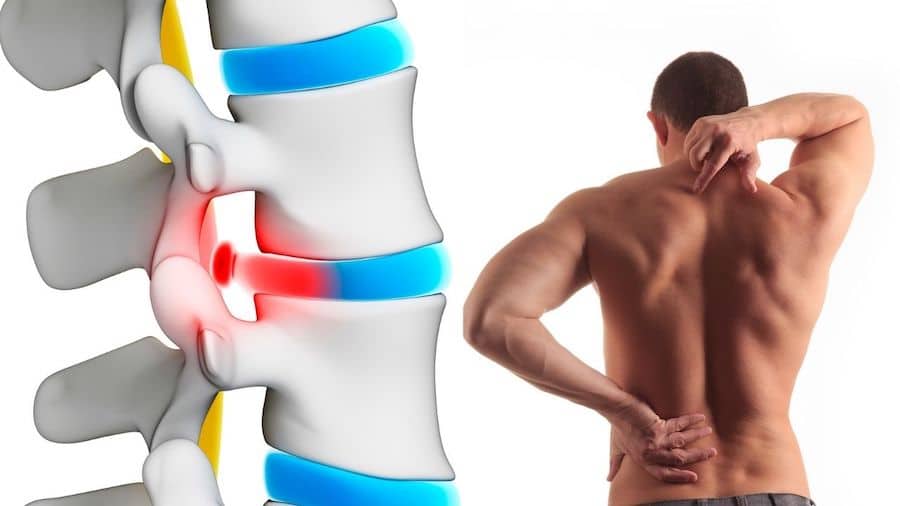
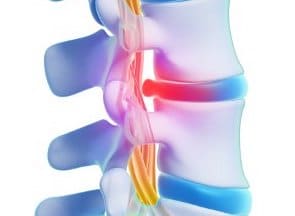
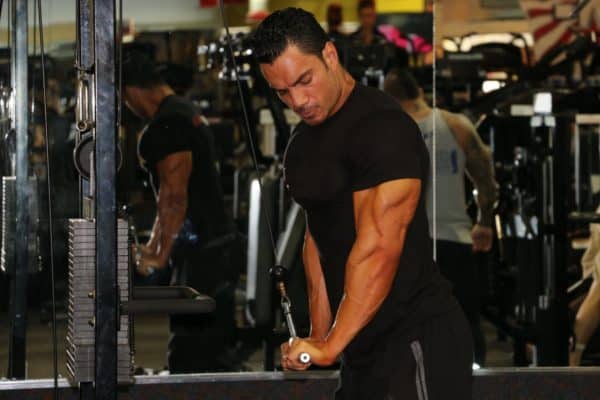
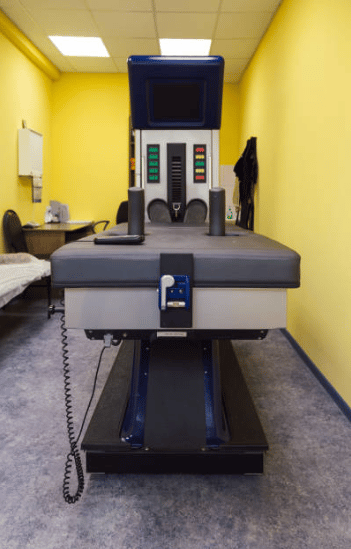
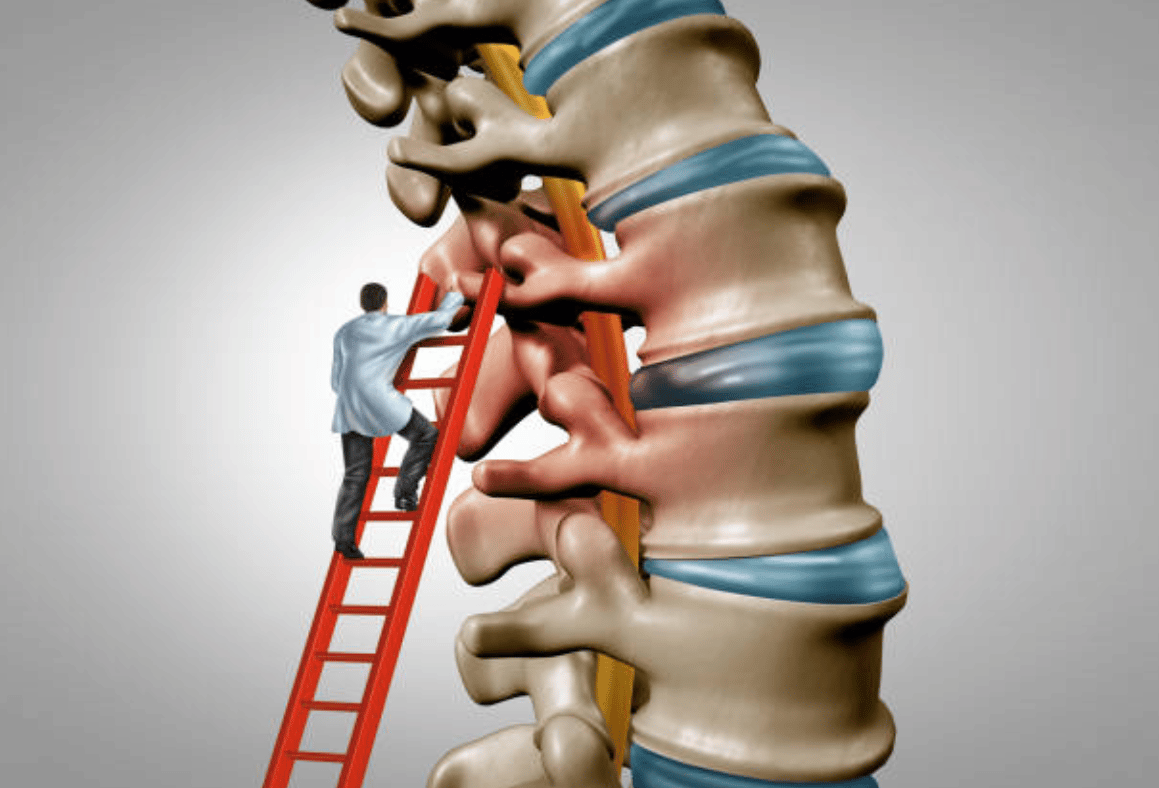






6 Comments
back pain is the disease of the century it seems i wish you a good convalescence
hello julien
I too have back problems, not as important as having herniated discs of course (although after reading this article I will go see the doctor and take it more seriously) I would like you to confirm if these recommendations are also valid for those who have other pains such as scoliosis pain for example?
if you have time to answer I thank you
see you soon
I followed all your videos on the subject and you really didn't deserve this for your sports career. I hope that you are in less pain today and that you will be able to compete again one day, at least that's what I hope for you.
1TP3Support message #teamjulienq
Hi Julien, hard complications!
I'm 43 years old and I've been working out "tonically" to get in shape since I was 20 years old and I also had to have an operation recently after months of severe pain and years of discomfort such as repeated sciatica or lower back pain... the habit of not listening to me too much, a physical job, motocross and boxing didn't help me...
I'm recovering too and I hope to be able to start working out again soon! I'll have to see what movements I can do to avoid hurting myself.
Courage and good recovery, it is better to take the time to heal to be able to start again!
Olivier in Sarthe.
Hi Julien
I met you on YouTube.
As I already told you in a previous mail, I had a herniated disc operation in
I was 22 years old and as I got older I had more and more back pain.
about 2 years ago I did some work on my house and I realized that I didn't have
I had enough strength and stamina for masonry work, so I decided to take up weight training, which I had stopped doing long ago.
Thanks to weight training, I now have less back pain, but now at 52 years old I have other pains due to arthritis.
I follow you on YouTube for a technique that allows me to build muscle without hurting myself.
I have reached some of my goals, decrease my pain and increase my strength but I feel like I am having a hard time increasing my muscle mass given my age.
Greetings
Gilles
I'm glad my videos helped you reach your goals. For your osteoarthritis pain in particular, I recommend supplements based on glucosomine and chondroitin: prozis.com/43qK or a complete support joint for joints and tendons: prozis.com/2NX8